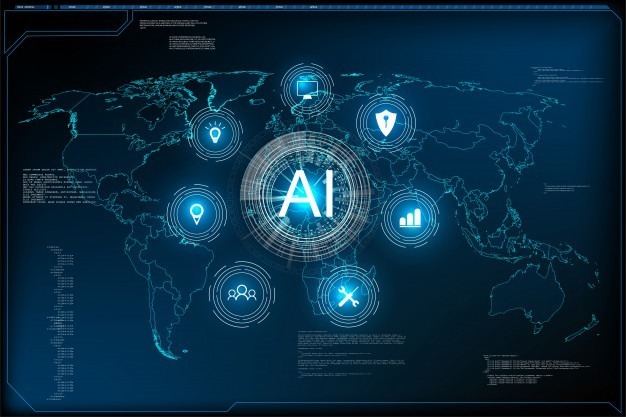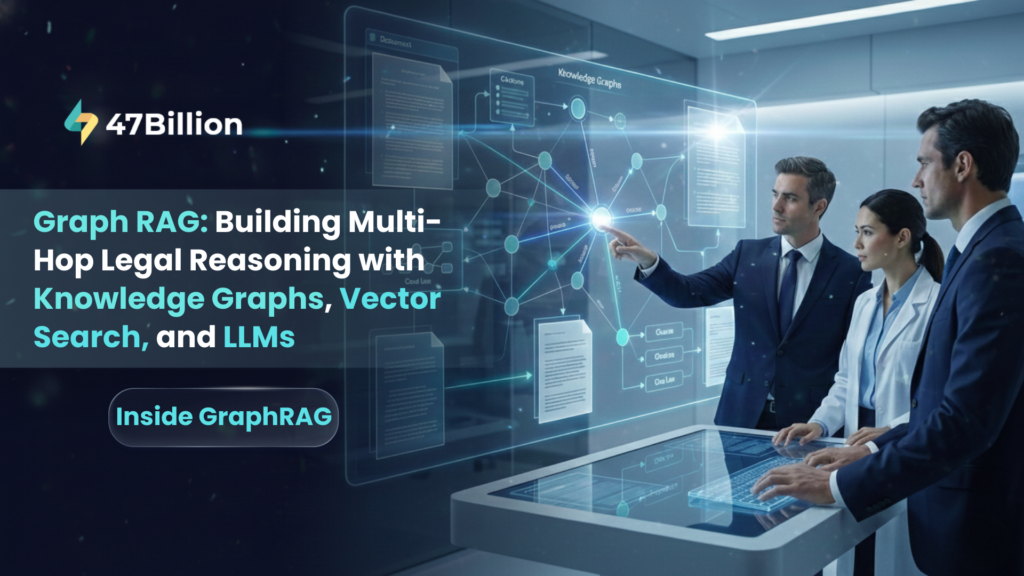We see many companies eyeing AI to be the catalyst for a variety of objectives from cost optimization, and operational efficiency to improving customer experience and retention. Company of every shape and size is willing to bet big on AI but do they realize the importance of setting up the prerequisites before inducing Artificial Intelligence into the organization?
One such prerequisite is a well thought IA (Information Architecture), IA will be your blueprint of how information flows in the system from various sources in various formats ranging from text, values, images, logs etc.
Of course, AI is no more a buzz but a reality and pretty mainstream in terms of adoption by many established enterprises.
The fruit of AI depends upon your data seeds
As per the classic saying “You Reap What You Sow” applies very well here except for the fact that it’s not only about the seeds but also about how they were stored and what methods were used while sowing these seeds. Similarly, a lot of enterprises have their data locked into conventional databases and thus in order to gain the entirety of benefits – we need to reimagine how the information has been collected, stored and utilized.
A lot goes into the planning to ultimately get to the final gold of your data for which clarity of objective is highly important. But what is more important is what infrastructure and what architecture needs to be in place to extract absolute value out of the AI modernization you wish for.
AI is not a Wizard
It would be wrong if we expect everything to be resolved magically by AI like a wizard, it is not magic and it needs a fundamental setup and structure that can be reused again and again with a variety of inputs, processes and business units. We act more like wishful thinkers setting unrealistic expectations while a lot of success with AI would be deeply influenced by your IA strategy at play.
Often companies don’t even know that the problem at hand would be solved by AI or it would need a simple Data Analytics implementation. Another challenge posed is the data storage strategy while many have concerns over their data and IP security and thus want to host with an on-premise data center but AI requires much more processing power and hardware as most of the models are ever-learning and thus need GPUs and liquid cooling systems in place. However many cloud-hosted platforms allow now to be of using in-premise cloud hosting model that is limited to internal users only.
Data strategy for IA
Although data stored in Databases is mostly structured when we build AI models we can use all forms of data from weblogs, chat history, system logs, and sensor data for I-o-T and even from many external sources to optimally train the models. Sometimes building a real-time streaming analytics pipeline also works to train the model with data for a larger audience. Below are steps that lay the foundation for your Information Architecture:
- Draw schema to define relationships between datasets
- Create a hierarchy for the Data
- Determine data cleansing and massaging steps
- Create a data lake for dumping every piece of info
- Define how data should be structured at the final output stage
Data lakes are used for such data sets where legacy data in structured form is combined with unstructured data would be required to build and train models correctness of which would depend upon use cases and objectives.
AI is Black-box
You can’t sneak into the system as to how the complex AI algorithm works and bring results therefore considering key aspects like data sources, context, and knowledge is parametric to identify the right problem and solve it.
Conclusion
In a fast-changing and highly competitive market, Leapfrogging to AI is possible only with a solid IA strategy in place so that businesses not only sustain to use the insights from AI but also to be able to scale further and open new horizons for many other initiatives leveraging the never-ending potential of AI.







